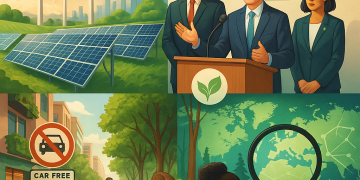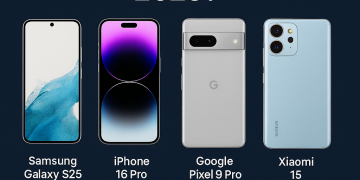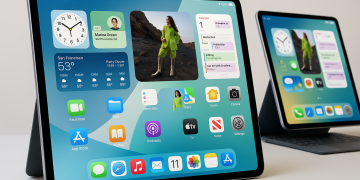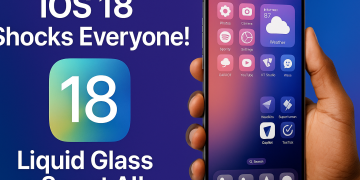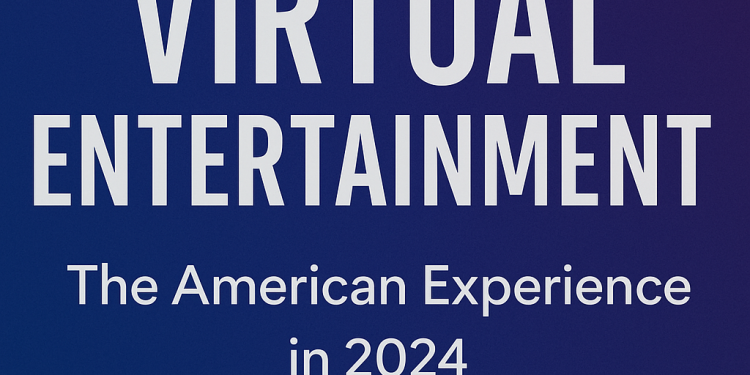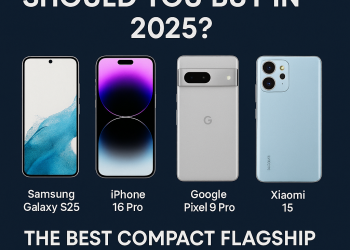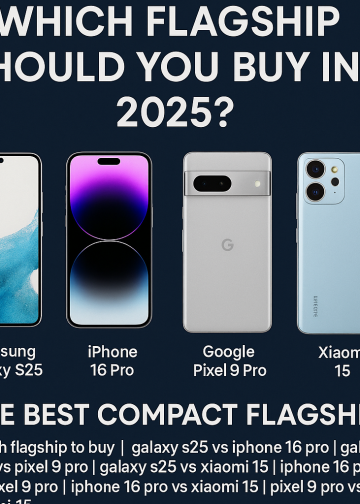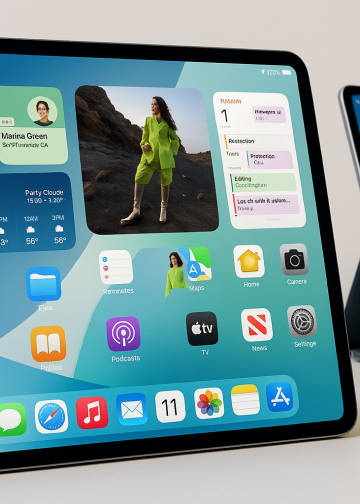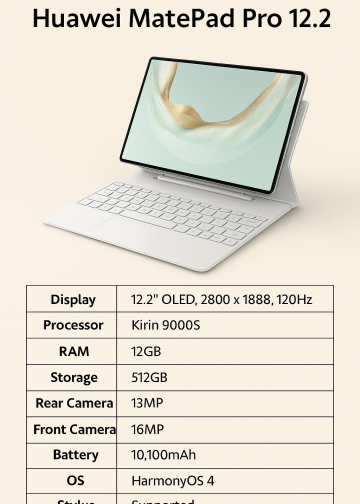Imagine a world where you can attend a sold-out concert in New York from your living room in Texas, or explore art galleries in Paris with a click, or even play interactive games with friends from around the country—without ever leaving home. In 2024, this isn’t science fiction. Thanks to rapid advances in technology and creative innovation, virtual entertainment has become a major part of the American experience.
From virtual concerts and festivals to interactive video games and digital events, Americans in 2024 are exploring new frontiers of fun, connection, and creativity. In this comprehensive guide, we’ll dive deep into the world of virtual entertainment, highlight the hottest trends, and show how digital events are reshaping the way people across the United States relax, learn, and socialize.
1. What is Virtual Entertainment?
Virtual entertainment refers to experiences that happen primarily online or in digital environments, often using a computer, smartphone, tablet, or virtual reality (VR) headset. Unlike traditional entertainment—which requires a physical venue or gathering—virtual events break down barriers of geography, cost, and access. This opens up an incredible range of possibilities for Americans in 2024.
Types of Virtual Entertainment
- Virtual concerts and music festivals
- Online gaming and esports tournaments
- Interactive live streams and watch parties
- Digital conventions, conferences, and expos
- Virtual art shows, theater performances, and museum tours
- Live webinars, workshops, and classes
- Metaverse experiences and social hangouts
These digital events aren’t just substitutes for in-person fun—they’re entire new worlds of experience.
2. The Rise of Virtual Entertainment in America
The American experience with virtual entertainment exploded during the COVID-19 pandemic. As physical venues closed and social distancing became the norm, artists, creators, and event organizers raced to bring their shows online. Fast-forward to 2024, and virtual entertainment is now a well-established and ever-evolving part of daily life.
Key Drivers Behind the Growth
- Technology Advancement:
Fast internet, high-quality streaming, and VR/AR tools make immersive experiences more accessible. - Social Connectivity:
Virtual events enable Americans to connect with friends, family, and new people across the country—and the world. - Convenience and Flexibility:
No travel required, no dress code, and often no expensive tickets—just log in and join the fun! - Inclusivity:
People with disabilities, limited mobility, or tight budgets find more opportunities to participate.
3. Virtual Concerts and Music Festivals
The American Concert Scene Goes Digital
In 2024, attending a virtual concert is as common as streaming a playlist. Big names in music now host digital-only or hybrid concerts, where thousands—or even millions—of fans tune in online for an interactive, high-quality experience.
Popular Platforms:
- Veeps and Moment House for ticketed live shows
- YouTube Live, Twitch, and Facebook Live for free performances
- Fortnite and other gaming platforms for creative, in-game concerts
Benefits of Virtual Concerts:
- Front-row access for all, regardless of location or mobility
- Chat rooms, emojis, and interactive features to engage with artists and fellow fans
- Replays and on-demand viewing, so you never miss a set
Whether you love pop, hip-hop, country, or classical, there’s a virtual concert or festival for every taste.
4. Digital Events: From Film Festivals to Fan Conventions
The Boom in Digital Festivals and Conventions
Digital events have revolutionized how Americans experience festivals, expos, and conventions in 2024. From Comic-Con@Home to the virtual Sundance Film Festival, the calendar is packed with can’t-miss experiences.
Key Features:
- Live-streamed panels, Q&As, and performances
- Virtual meet-and-greets with celebrities and creators
- Interactive booths, digital swag, and real-time chats
Examples:
- Comic-Con International: Offers both in-person and virtual badges, with online panels and sneak peeks.
- SXSW Online: Combines music, film, tech, and media from all over the world into a weeklong digital experience.
For fans, these digital events often mean no lines, no expensive travel, and even more ways to interact.
5. Online Gaming, Esports, and the Metaverse
Gaming: Where Virtual Entertainment Really Shines
Online gaming is now a pillar of the American experience with virtual entertainment. In 2024, gaming brings together people of all ages and backgrounds for fun, friendly competition, and social connection.
Trends to Watch:
- Esports: Professional and amateur tournaments for games like League of Legends, Fortnite, and Valorant draw millions of viewers online.
- The Metaverse: Platforms like Roblox, Minecraft, and VRChat allow users to build, explore, and socialize in massive digital worlds.
- Cross-Platform Play: Gamers can join friends regardless of device—PC, console, or smartphone.
The Social Side:
Gaming communities host regular digital events, virtual parties, and even concerts within game worlds, making the experience even richer and more interactive.
6. Virtual Reality (VR) and Augmented Reality (AR) Experiences
Immersive Entertainment for 2024
Americans in 2024 are embracing VR and AR for next-level entertainment. Whether you own a headset like the Meta Quest or simply use your phone, immersive digital events are easier than ever to access.
Popular Experiences:
- VR Concerts and Sports: Attend events in virtual stadiums or theaters.
- 360° Tours: Walk through famous museums, art galleries, or historic sites as if you’re there.
- AR Scavenger Hunts: Interactive activities that blend real-world exploration with digital clues and rewards.
The Future:
With tech becoming more affordable, VR and AR are on track to become as mainstream as streaming movies today.
7. Social Connection and Community in Virtual Spaces
How Virtual Entertainment Brings Americans Together
One of the most powerful aspects of virtual entertainment is its ability to create genuine connection—even at a distance. Americans are using digital events to celebrate birthdays, host watch parties, join book clubs, and share hobbies with people across the country.
Platforms for Connection:
- Zoom, Discord, and Clubhouse: For voice, video, and chat communities.
- Meta’s Horizon Worlds: A social VR platform where people hang out in custom spaces.
- Watch Party Apps: Sync streaming services so friends can watch movies or shows together in real time.
Building Community:
- Virtual meetups for fitness, art, writing, or study
- Online support groups and advocacy networks
- Digital volunteer opportunities
8. Education and Learning in the Virtual World
Fun and Growth Beyond Entertainment
Virtual entertainment isn’t just for play—it’s a powerful tool for education, too. Americans of all ages are participating in online classes, lectures, and workshops.
Examples:
- MasterClass and Udemy: Video lessons from world-class experts
- Khan Academy and Coursera: Free or affordable courses in everything from coding to cooking
- Virtual museum tours: Learn art history or science from your living room
In 2024, the line between learning and entertainment is blurrier—and more exciting—than ever.
9. Accessibility and Inclusivity: Opening Doors for All
One of the unsung advantages of virtual entertainment is its accessibility. For many Americans with disabilities, health concerns, or limited transportation, digital events are a lifeline.
- Closed captions, sign language interpreters, and adjustable settings
- Events designed for neurodiverse participants
- Pay-what-you-can or free admission for those on a budget
The virtual entertainment world is making America more inclusive—one digital event at a time.
10. Challenges and Considerations in Virtual Entertainment
While virtual entertainment brings amazing benefits, it’s not without challenges.
Issues to Watch:
- Screen fatigue: Too much time online can be draining; balance is key.
- Privacy and security: Protect your personal data and use trusted platforms.
- Tech barriers: Not everyone has access to high-speed internet or new devices; ongoing digital divides still exist.
- Monetization: Not all digital events are free, and creators need fair compensation.
The American experience in 2024 is about enjoying virtual entertainment responsibly and supporting creators and communities.
11. The Future of Virtual Entertainment in America
What’s Next?
Experts predict that virtual entertainment will only become more immersive, interactive, and essential to the American experience. Expect:
- Even more realistic VR and AR
- AI-powered personalized digital events
- Hybrid events—mixing live and virtual participation
- Greater global connection, with Americans sharing virtual spaces with people worldwide
For Americans, 2024 is just the beginning of an era where the best entertainment is a click—or a headset—away.
Conclusion: Embracing Virtual Entertainment in 2024
The world of virtual entertainment is vast, creative, and rapidly evolving. For Americans in 2024, digital events are not just a convenience—they’re a new way of living, connecting, and experiencing the world. Whether you’re a gamer, music lover, learner, or social butterfly, there’s a virtual space for you.
So next time you want to escape, explore, or express yourself, remember: the frontier of fun is digital, and the American experience is richer for it.
Alt text for images:
A vibrant collage showing Americans of all ages enjoying virtual concerts, online gaming, VR art galleries, digital classes, and remote watch parties—capturing the diversity of virtual entertainment in 2024.
External links:


